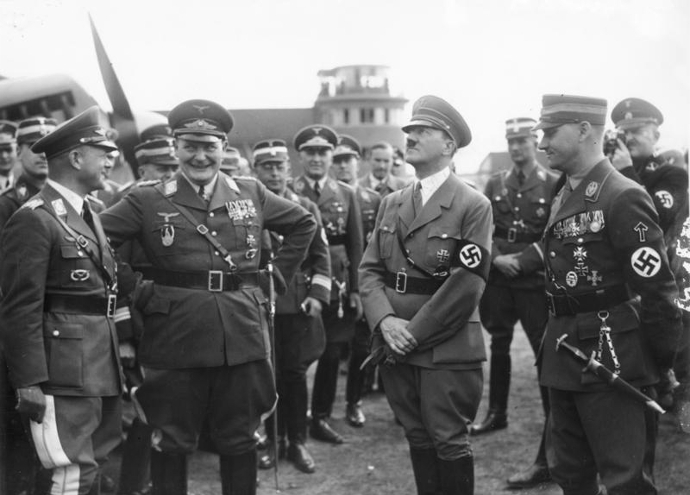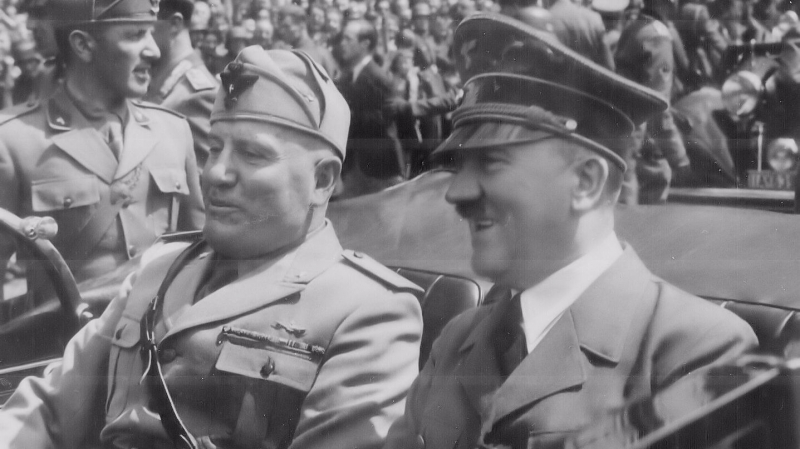The rise of extremism and the forging of alliances

With actors on the extreme right and left claiming large swaths of political ground, Europe emerged from World War One as a very different continent. Hitler recognized Stalin as a significant potential foe and was concerned about Germany becoming territorially trapped between the Soviet Union in the east and a Bolshevik Spain, together with a leftist French government, in the west.
In order to strengthen the right-wing influence in Europe, Hitler chose to interfere in the Spanish Civil War while also testing the efficiency of his new air force and the Blitzkrieg strategies it could support. During this period, Nazi Germany and Fascist Italy became closer, with Mussolini eager to uphold European rights and secure Italy's position as the first country to profit from German expansionism.
In November 1936, Germany and Japan ratified the Anti-Comintern Pact. Following the Wall Street Crash, the Japanese developed a growing mistrust of the West and had similar aspirations to the Nazis in the east of Europe to conquer China and Manchuria. The Nazi-Soviet non-aggression pact, which was struck in August 1939, appears to have been the most improbable diplomatic deal ever. The two powers divided the 'buffer zone' they believed to have between them in Eastern Europe with this action, which opened the door for the German invasion of Poland.






